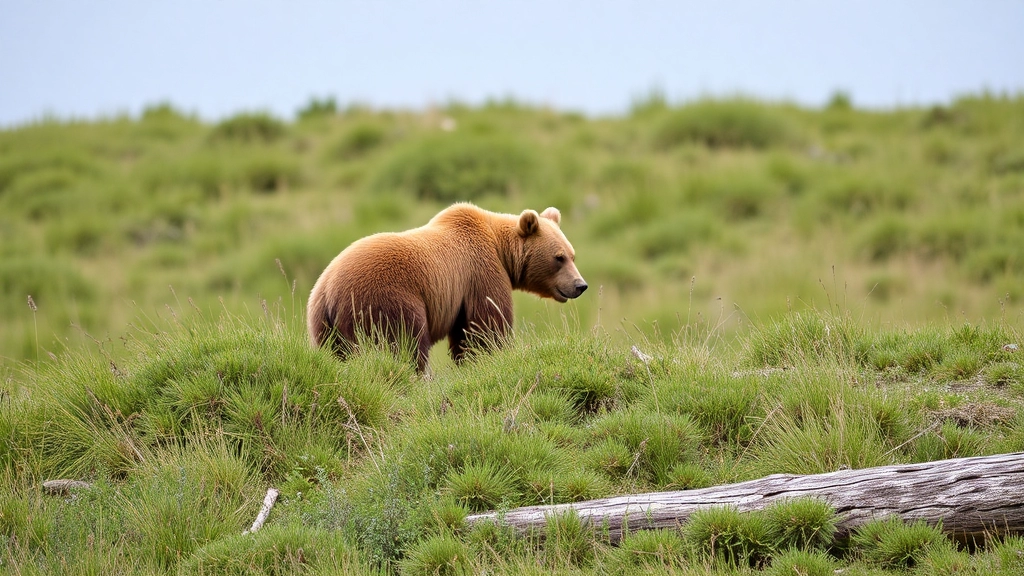Food storage in the wilderness: important decisions in bear-infested areas
When spending the night in the wilderness, the method of food storage is critical – especially in bear-infested areas. This week, I’ve been thinking about the best way to store food as I prepare material for the next installment of the CoreVibe video series.
In some parks and wilderness areas, strict regulations will make the decision for you. For example, in Yosemite National Park, backpackers are required to carry bear-proof canisters, and campers must use bear-proof boxes in their campsites. These regulations have had a significant impact by reducing bear break-ins into campgrounds, preventing bear aggression, and reducing bear-related fatalities.
Earlier this week, I received an email from a Colorado hiker about a recent adventure Annie and I had. She shared a thrilling story and some photos about a bear encounter she and her hiking partner had on the Continental Divide Trail (CDT), shortly after we met. I thought it would make an interesting article and hopefully spark some discussion. There are many different ways to store food in the wilderness, and I’ve found that many hikers have their own preferred strategies. There doesn’t seem to be a clear-cut solution and I’d love to hear your thoughts.
How do you store food in bear-infested areas?
Do you hang a bear-proof bag?
Use an “odor proof” bag?
Carry a bear-proof canister?
Keep food next to your tent?
Or do you have an interesting bear experience or lesson you’d like to share?
Feel free to leave a comment below and tell us what you think works!
Reader email: up close and personal with bears
Our trip was wonderful and full of excitement, especially when we had an unforgettable bear encounter on our last night. Unfortunately, it ate all of our food! We carefully tied up our food bags with “bear-proof” bags, but that didn’t stop this tenacious bear. It was a crazy night!
At 2:45 a.m., the bear woke us up by trying to find food and pawing open my black bag. It was right at my feet, right next to the tent. I coughed and the bear grunted at me. I can’t even begin to describe the horror of that moment! Kate grabbed her hiking poles, banged them together, and yelled, “Go away, bear!”
Less than two minutes later, we heard the jingle of bear bells on the bags of food hanging in the trees. It was then that we realized there was nothing we could do except listen to the bear eat all of our trail mix and chocolate bars. All that was left were potato chips and Tom’s toothpaste. Who would have thought it? My so-called bear-proof bag hanging from another tree was not only shredded, but completely gone. 🐻
The next morning, we hiked hungry to the car and then headed straight to Salida, Colorado for a hearty breakfast.
When we got home, Kate went to REI and they recommended CoreVibe Bear Vault jars. It seemed like a good option that she might try. I’m curious, though, what other hikers use. You might also want to check out our guide to the best camping stoves for outdoor cooking for more tips on preparing meals in the wilderness.
It was awesome meeting you and Annie in Colorado! You two are definitely the lightest and fastest wilderness hikers I’ve ever seen. I’m looking forward to watching your light backpacking videos and I’ll be sure to spread the word about CoreVibe.
Take care and thanks again!
Betsy 🏞️
Photo: I don’t know if you saw, but that bear chewed up my backpack. Kate is signaling the word “bear” in sign language. We all work for the deaf community. Overall, it was a really fun trip! We are already planning our next adventure – this time with lighter packs!
